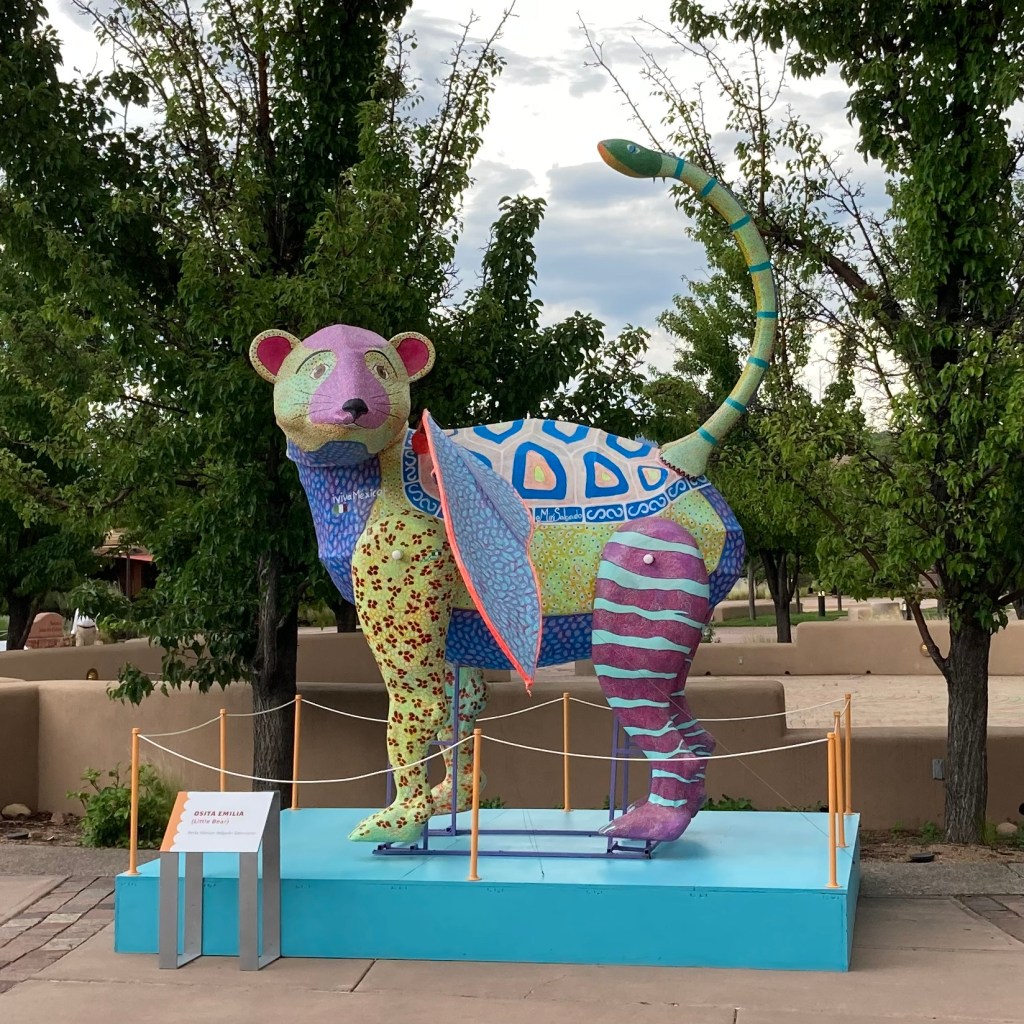Kindle Vella – by Henry Vogel
In April of 2021, Amazon announced a new publishing platform called Kindle Vella. Even though the platform has been live since July 13, 2021, many writers have questions about Vella. What is it? How does it work? Can writers make any money from it?
For those who don’t feel like reading the rest of this column, the short answers are ‘a serial fiction platform,’ ‘oddly,’ and ‘I have.’ If you’d like more details, read on.
Kindle Vella is Amazon’s serial fiction publishing platform, and they were uncharacteristically late to this market. But some of the biggest sites for serial fiction—Wattpad, Royal Road, Webnovel—have little or no way for authors to monetize their work. Radish allows monetization, but also gatekeeps their content. Vella, like its parent program Kindle Desktop Publishing (KDP), opens the serial market to everyone. Everyone in America, anyway. Vella is currently a US-only publishing platform, though Amazon plans on expanding to other countries.
How Vella works is both simple and complex. Publishing through Vella is both simple and transparent, so much so I won’t go into the mechanics of it. If you’ve published a Kindle eBook, you shouldn’t have any trouble working through the Vella publishing process. There are still decisions you must make, such as publishing frequency and typical episode length, but that’s true of any serialized fiction. Also, KDP places certain restrictions on the material you may publish:
- You may not publish your existing books through Vella, so no monetizing your back catalog
- You may publish existing serialized material from another site provided it is behind a paywall
- You may not publish material available for free from other sites, including your personal website or sites such as Wattpad
- You may publish Vella episodes as an eBook provided the episodes included have all been available on Vella for at least 30 days
- Episodes must have a minimum of 600 and a maximum of 5000 words
The rules sound straightforward enough, but they have generated plenty of questions among potential writers. For example, can you post a recording of you reading your free Vella episodes without violating the terms of service? A writer asked this question in KDP’s Kindle Vella online community on January 22. As of February 8, we still don’t have an official answer.
I mentioned free episodes above. Vella makes your serial’s first three episodes available for free to any Amazon customer. Think of them as the Vella equivalent of the “Look Inside” option for eBooks. New readers can check out your story for free and decide whether it interests them or not. Based solely on my experience, half your episode 1 readers won’t read episode 2, and half of those who do won’t read episode 3. The drop-off in readership isn’t as steep once readers begin paying for episodes, but you’ll still see steady attrition.
How do readers pay for the episodes they unlock? (‘Unlock’ is the Vella term for purchasing an episode.) This is where things start getting complex. Readers must spend tokens to unlock episodes. The number of tokens required varies based on the length of the episode. Unlocking an episode costs one token per 100 words, rounded down. For example, a 1059-word episode costs ten tokens. As with Kindle eBooks, once a reader buys an episode, they have access to it indefinitely.
Where do readers get tokens? From Amazon, naturally. Tokens aren’t expensive—and Amazon even starts new readers off with 200 free tokens—but readers must buy at least 200 at a time. Authors and KDP split the value of the tokens evenly, but that value varies based on what the reader paid for the tokens. Tokens bought in larger quantities cost less than a penny. If the tokens were bought through a third party, the third-party’s fees come out first (Apple charges 30%), then KDP and the author split what’s left. In other words, it’s impossible for authors to calculate their earnings, leaving them little choice but to accept KDP’s reported earnings.
But tokens are dead simple compared to the complexities of Vella’s contorted way of determining the most popular serials on the site. There’s a thumbs up icon at the end of every episode, so readers can Like the ones they enjoyed. Likes seems like a perfectly natural and transparent way of calculating popularity. That’s probably why KDP doesn’t use them for that. In fairness to KDP, using Likes would favor serials that publish often, meaning a three-episode-per-week serial like mine could receive three times as many Likes per reader than a one-episode-per-week serial. But there had to be a better way than the Fave system KDP went with.
A Fave is a once-a-week vote readers may cast for their favorite Vella story. Readers may cast their vote the first time they unlock an episode each week, provided they use tokens they paid for. Meaning readers cannot cast a Fave vote unless they’ve bought at least 200 tokens. Faves are also use-it-or-lose-it votes. The Fave week runs from Sunday to Saturday, and readers must vote their Fave during that time or lose that week’s Fave. In other words, readers can never have more than one Fave available to cast at a time. If a reader skips Vella for a week, their favorite author “loses” the Fave the reader would have cast for them.
Lost Faves can have a major impact on authors because Faves are the most visible way KDP determines the most popular Vella serials. The main Kindle Vella page has a link to its Top Faved list. It lists the 250 serials with the most Faves, all of which get little crowns added to their Vella cover image. It looks like this:
The crown is a simple visual way of telling potential readers that the serial in question is among the 250 most Faved on the site. Despite that simple explanation, the crowns confuse a lot of Vella authors. That’s probably because KDP tells readers to “crown their favorite.” Many authors read that and assume the crown means a reader Faved them, when it really means their serial crept onto the Most Faved list. When their serial falls off the list, the crown goes away, and they assume something happened to their Fave.
That brings me to the all-important question, can authors earn money publishing on Kindle Vella? As with everything else associated with Vella, the answer isn’t straightforward. Before I get into details, let me take a minute and explain why I took a chance publishing my latest book through Kindle Vella.
I wrote my previous eighteen books in serial form and published the episodes on my website, where anyone could read them for free. Doing the same thing through Kindle Vella was a no-brainer. If my book earned even one dollar in royalties from Vella, I’d come out ahead of the game. And it turned out to be one of the best decisions of my writing career, though not in the way I thought it.
My royalty earnings aren’t stellar—$65 since mid-July—but I think they’re on par with what all except the top authors are earning. If that was all I made, I’d still count Vella a success. Hundreds of new readers learned I exist, far more than ever discovered me through the free episodes on my website. Some began following my serial and bought my books. For a minor author like me, that’s a bright upside. But things got a lot brighter last August when Amazon announced a Kindle Vella bonus program.
The Vella bonus program is like the Kindle Unlimited bonus, though with a much smaller pool of money. The most recently announced amount is December’s $650,000 pool. That’s the largest yet, though January’s may top it when it’s announced. No one knows how Amazon calculates an individual author’s bonus. It’s based on Faves, Likes, episodes unlocked, number of readers following a story, and who knows what else. I’ve heard that top authors earn $5000 or more per month in bonuses. Even authors with few readers report earning around $10.
What about my bonuses? Despite what I said above about being a minor author, I’m a very successful Vella author. My serial, The Hostage in Hiding, has been a fixture on the Top Faved list and finished every month in the top 50. That means I’ve done well in bonus money. Through December, I’ve earned $5950 in bonuses from Vella. I know there are authors for whom that’s chump change. I’m not one of them, and the total far exceeds my original expectations. So, yes, you can make money from Kindle Vella, though most make far less than I have.
That’s Vella in a nutshell. Hit me questions in the comments. I’ll do my best to answer them.
*Find out about Henry’s books here* – SAH






16 responses to “Kindle Vella – by Henry Vogel”
One additional note about “Faves” that I didn’t include above. KDP wipes the Faves from all stories at the end of every month, meaning every serial starts over from zero every month. It levels the playing field every month, giving popular, new stories a chance to appear on the Top Faved list. I’d have gone with a rolling expiration – for example, having Faves disappear after four weeks – but KDP’s approach has the advantage of simplicity.
Thank you for the explanations! I’ve not wanted to dep a toe in before (not to mention I’m not really a serial writer), but it’s good to know your options.
I had no idea about how the fave system works so thanks for the education.
Yeah, Faves are horribly convoluted. I’m glad my explanation helped clear things up for you!
So if I’m following that right, doubling up on the serial by using Vella and producing a podcast must have the podcast lagging 30 days behind the Vella.
Maybe.
But it’s a morass of murk.
(Also, horrible for people lacking organization, with no sense of time, who would feel an overwhelming urge to go back and “fix” things as the episodic serial built in unexpected ways.)
Yes, the podcast episodes would have to lag Vella by 30 days OR the podcast would have to be behind a paywall. (BTW, we’re STILL waiting for the official answer about reading the free episodes on a podcast.)
You’re right, Vella is a platform for someone who’s writing schedule is well organized or someone who writes the entire serial in advance, and then just schedules the episodes. I’m a total pantser, and wrote the vast majority of my episodes after the story went live on Vella. But that’s also how I wrote my other books.
No one knows how Amazon calculates an individual author’s bonus. It’s based on Faves, Likes, episodes unlocked, number of readers following a story, and who knows what else.
Oh, that’s clever– reward the folks who are getting whatever it is that makes the system successful, so you get more of it, and making it *extra* so that there’s no question of punishing folks who aren’t popular. Just trying to lure in more of the stuff that is.
unfortunately, i want to serialize comics
I got my start writing comics back in the 1980s, and am just returning to the field. Fortunately, there are plenty of sites for serializing comics, too. If you haven’t already checked out Webtoons.com, give it a look. I know there are others, but Webtoons is the only one I’ve used (as a reader).
yeah, i can’t use Comixology because they don’t allow 3d rendered comics.
Hmm. Amazon says you cannot:
* Publish in Kindle Vella content that is in the public domain or freely available on the web.
* Break down your previously published book or long-form content into Episodes and republish in Kindle Vella, even if that book or long-form content is no longer available or is written in another language. If your Episode or Story is derived from another work you have authored (e.g., it continues the story from a book), you may include up to 5,000 words of content from the other work in the first Episode to bridge the story, provided you control the rights to do so.
If I take down a story that was previously free and available on the web, I would question whether it would be possible to run it under Vella. Intuition says “probably not.” But if it *was* that’s… Maybe three books more I could publish that are *partially* available for free on the web now.
Eh. Might be worth a try once I clean up some of the crap work I’ve been writing. And make/procure covers for them. And quit getting distracted by zombies.
I covered much of that in the bulleted points in the post. But your guess about previously free material from the web is right. Even if you scrub it from the web, it counts as previously published material that was not behind a paywall. If it was obscure enough material, you could probably get away with it. But if Amazon catches on, they won’t care whether it was partially or fully available for free. And the penalty is a permanent ban from publishing through KDP.
Thought so. Ah well. It’s not as if there aren’t *mumblety* dozen more books to write. Heck, I’d give away plots if people would take them.
They tend to come back, even if the person who takes them uses them. Plots are like that.
From this reader’s point of view – I have never liked serialized stories – as they were published. However, once the work is completed, I would read the entire work. I cannot follow a story if I have to wait a few days (weeks) for the next chapter. There is no “flow” to the reading. It is one of the reasons I quit reading comics when they thought 3 to 10 episode arcs (thus 3 to 10 months) would be a great marketing tool. And if you skipped a month… I wouldn’t expect this to be a problem with Vella since I think one would be presented either the next episode or a list of episodes available. I have opted out of the Vella program as a reader. However, if you enjoy serialized stories, this is a wonderful program.
Great post and you answered all the questions I had. I think, personally, this is a brilliant addition to Amazon for authors. It’s the perfect way to get new readers who like to read something short on their phones when they’re on the move. (waiting, have a few minutes to kill etc) I also appreciate how this can help authors grow in their skill set by giving them a new challenging way to write.